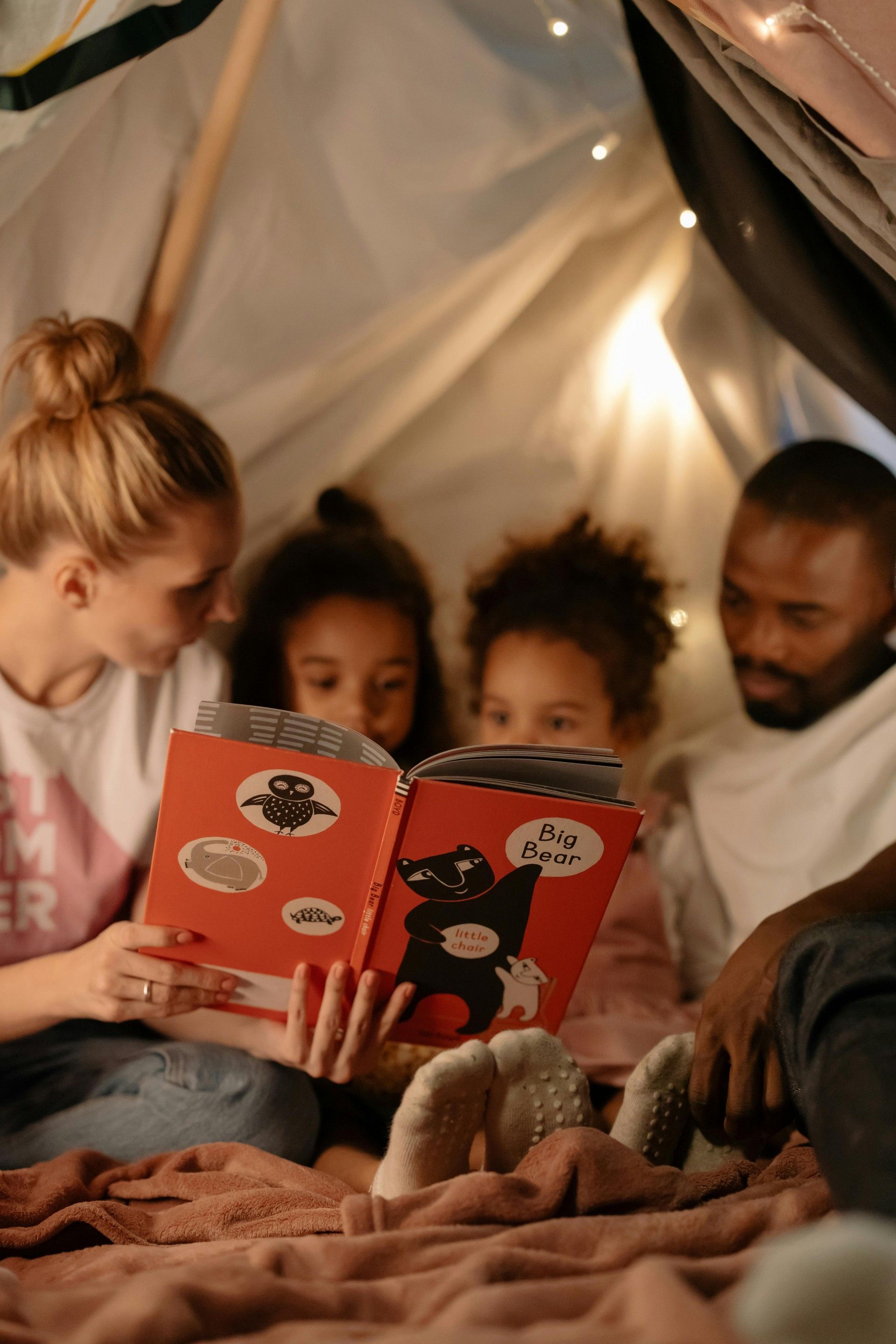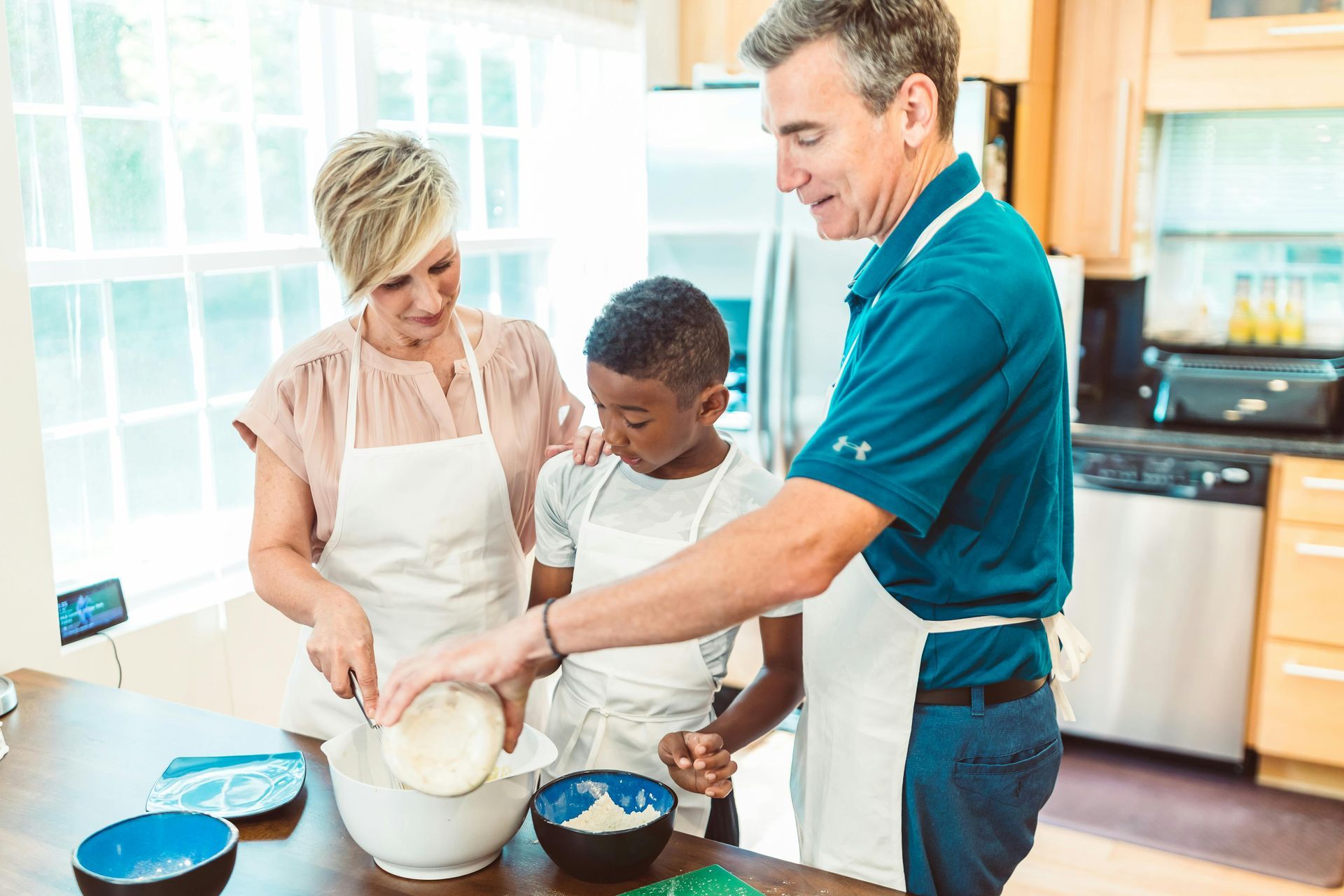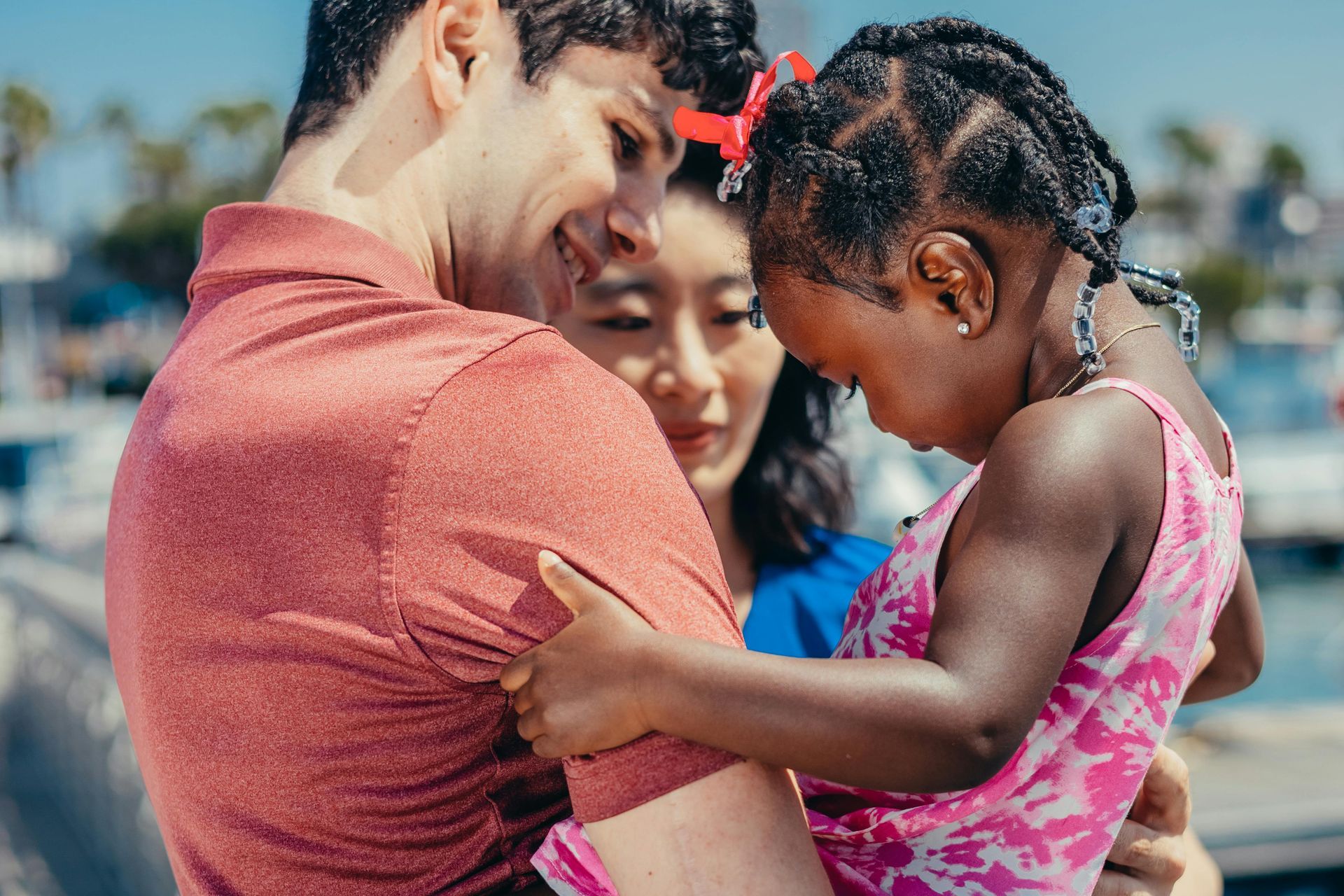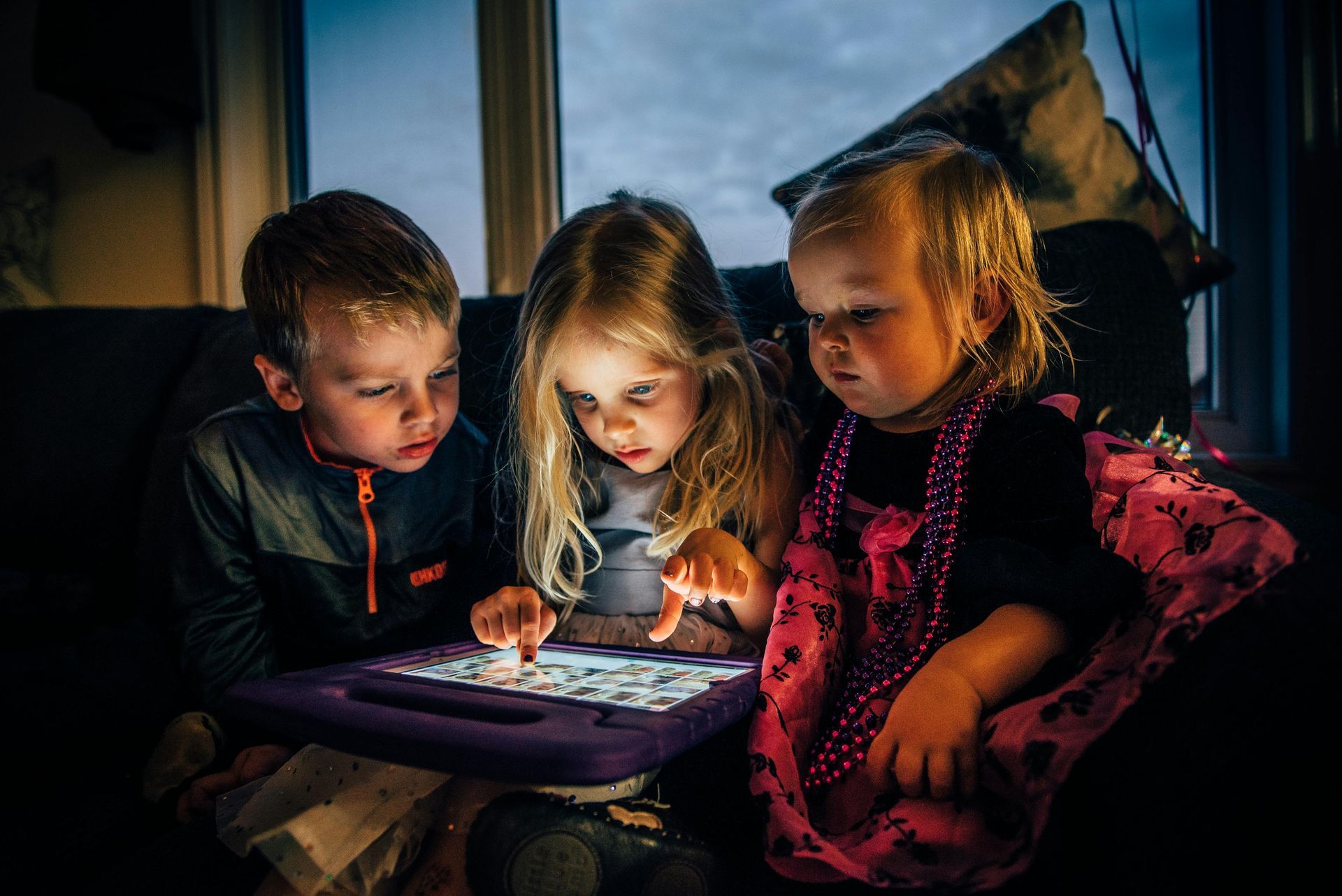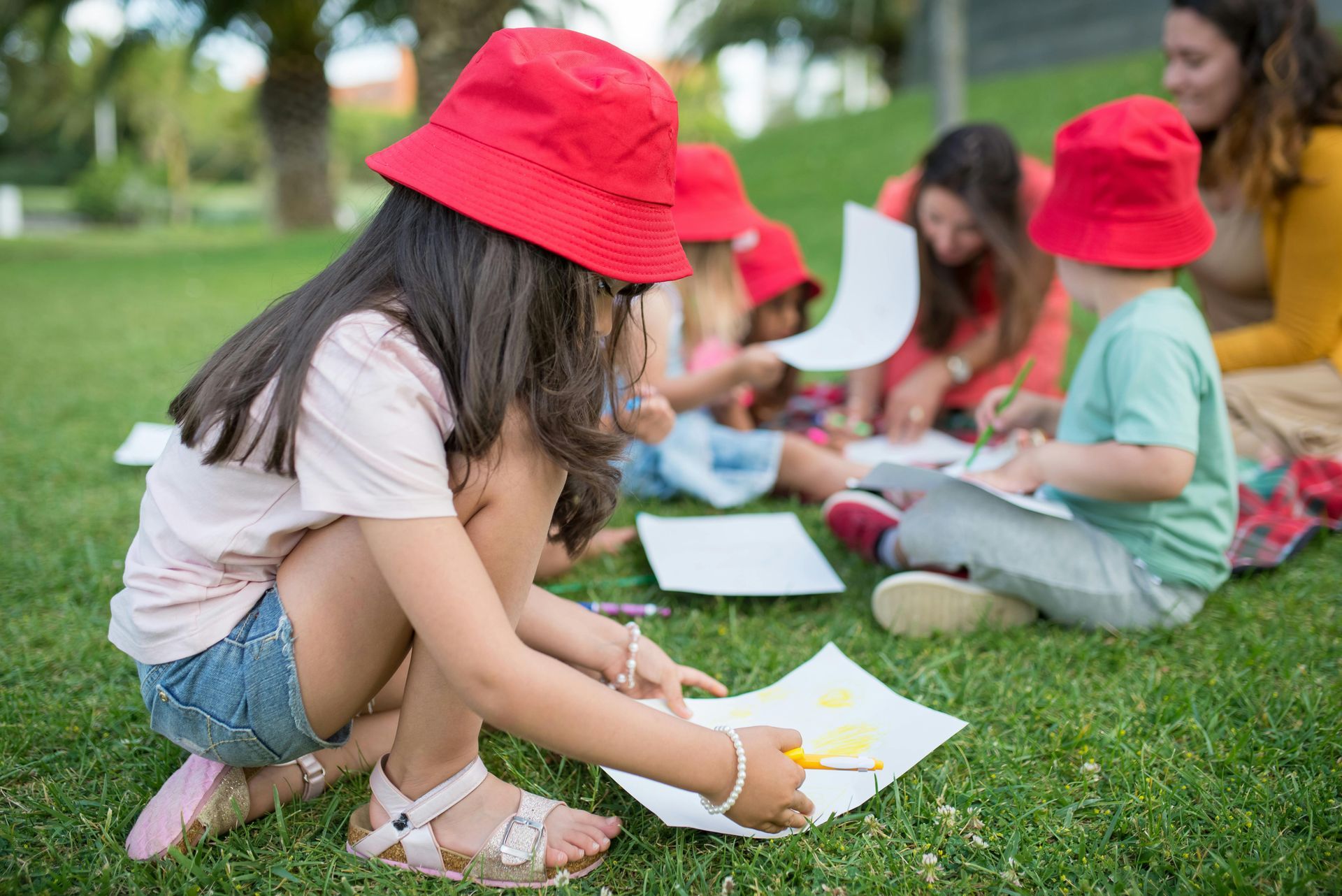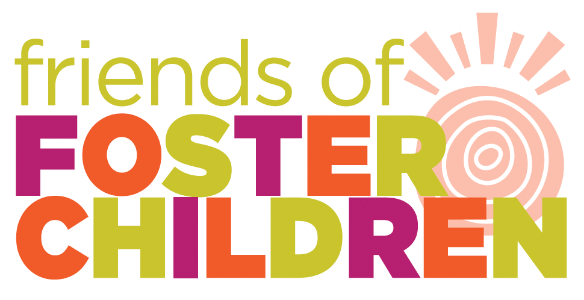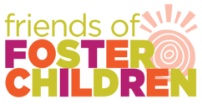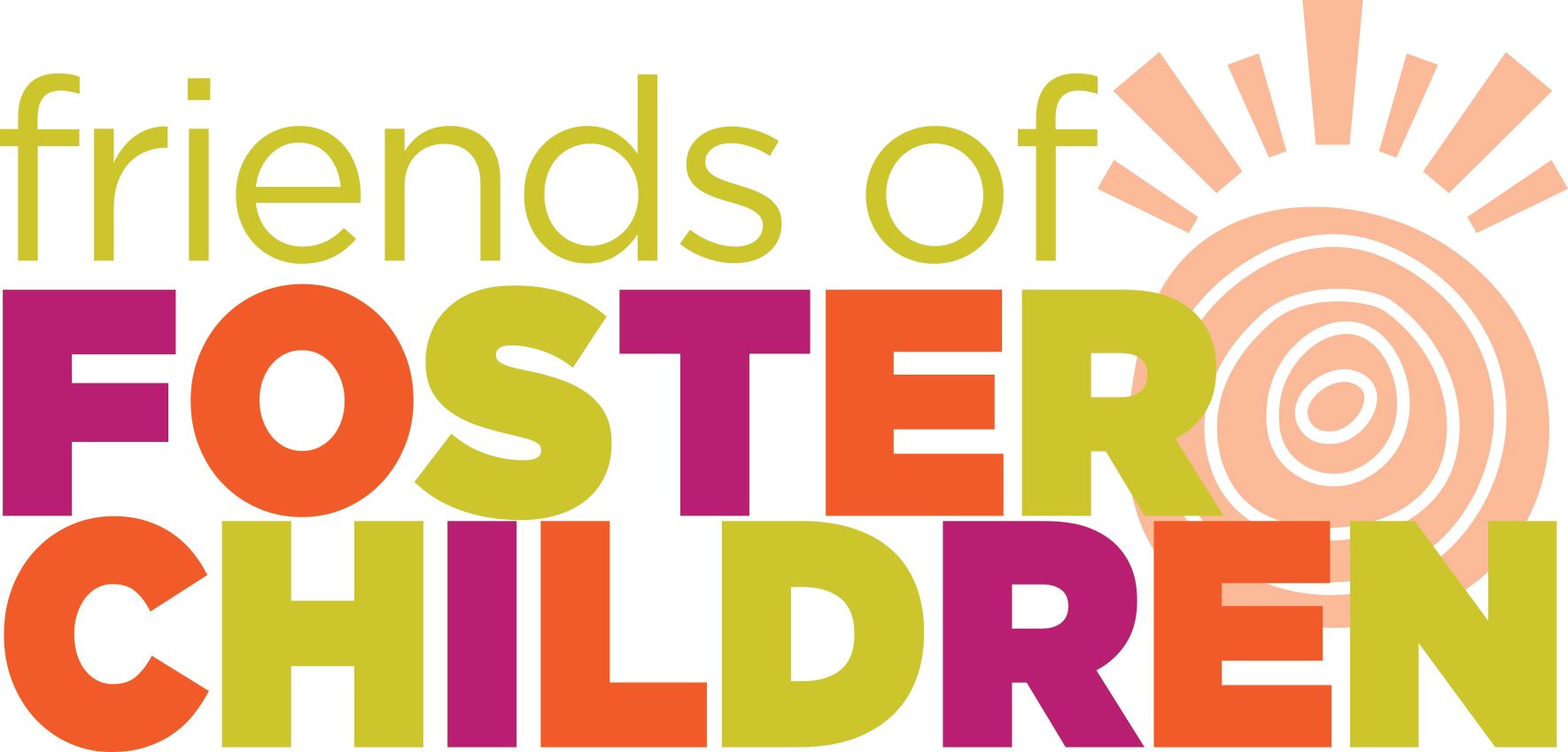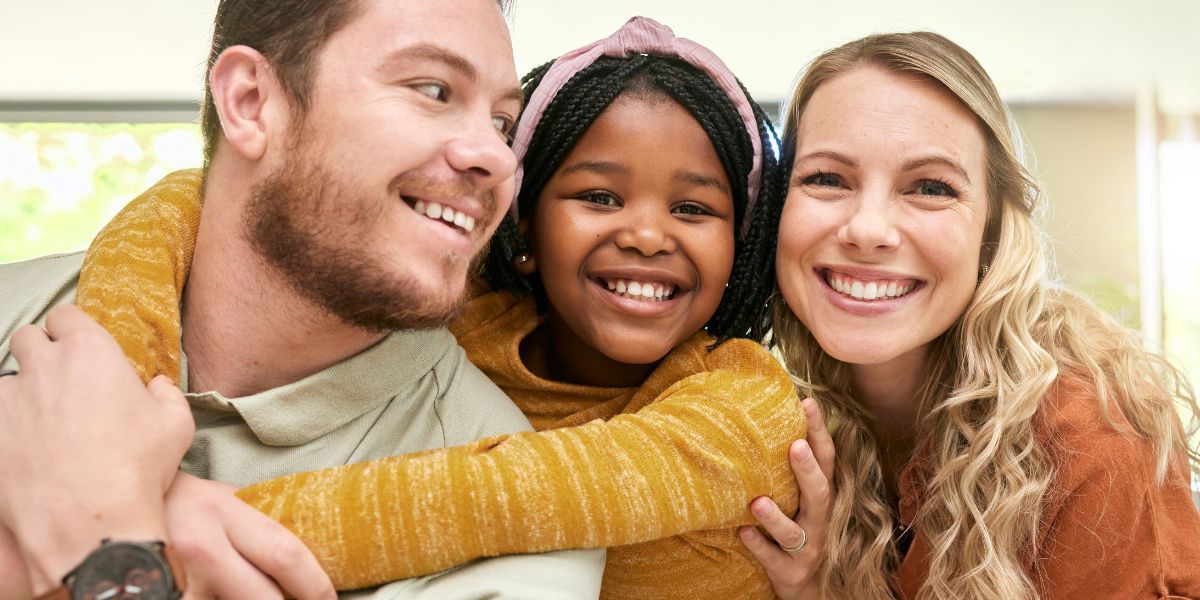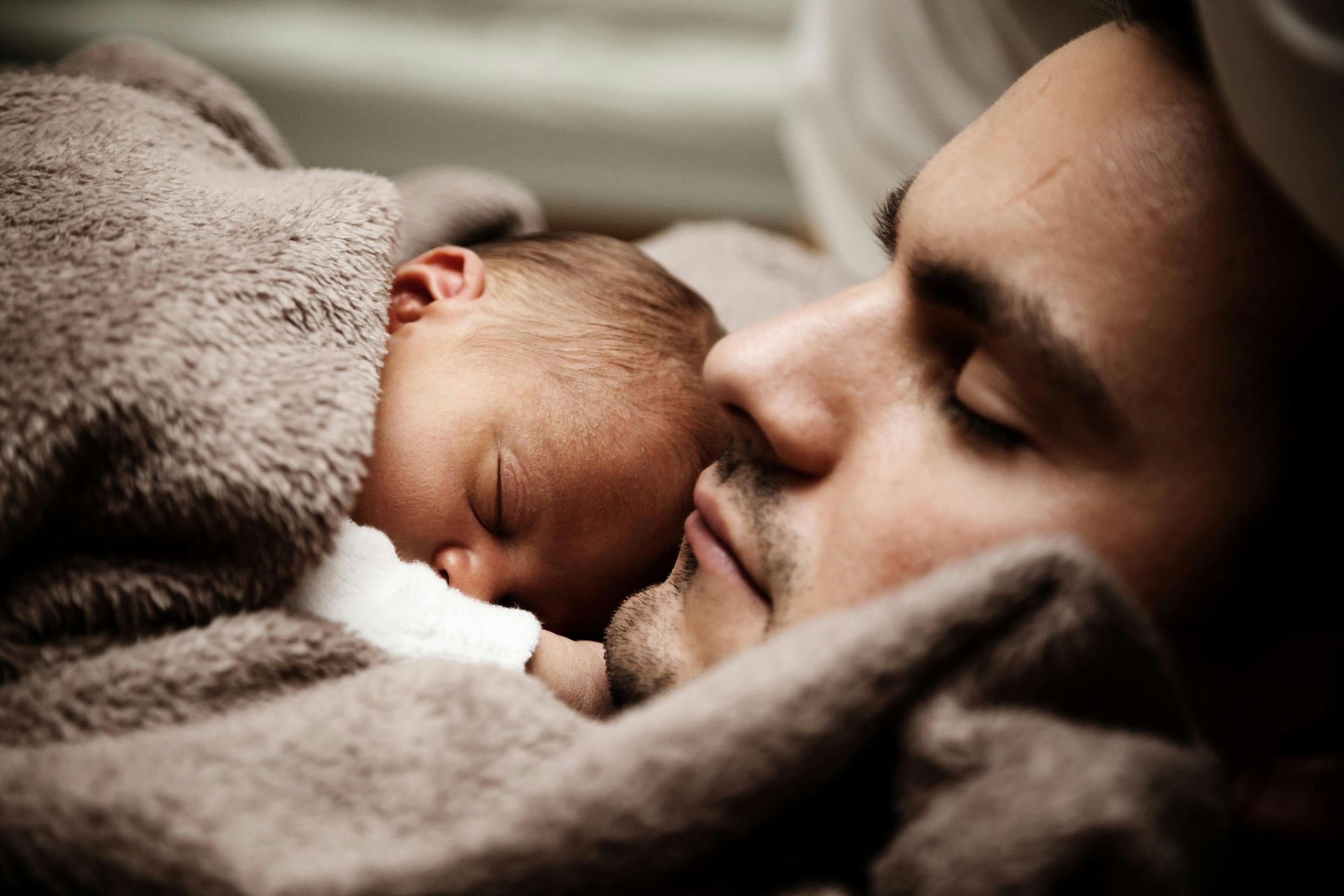Understanding the Journey: What Happens When a Kid Goes into Foster Care?
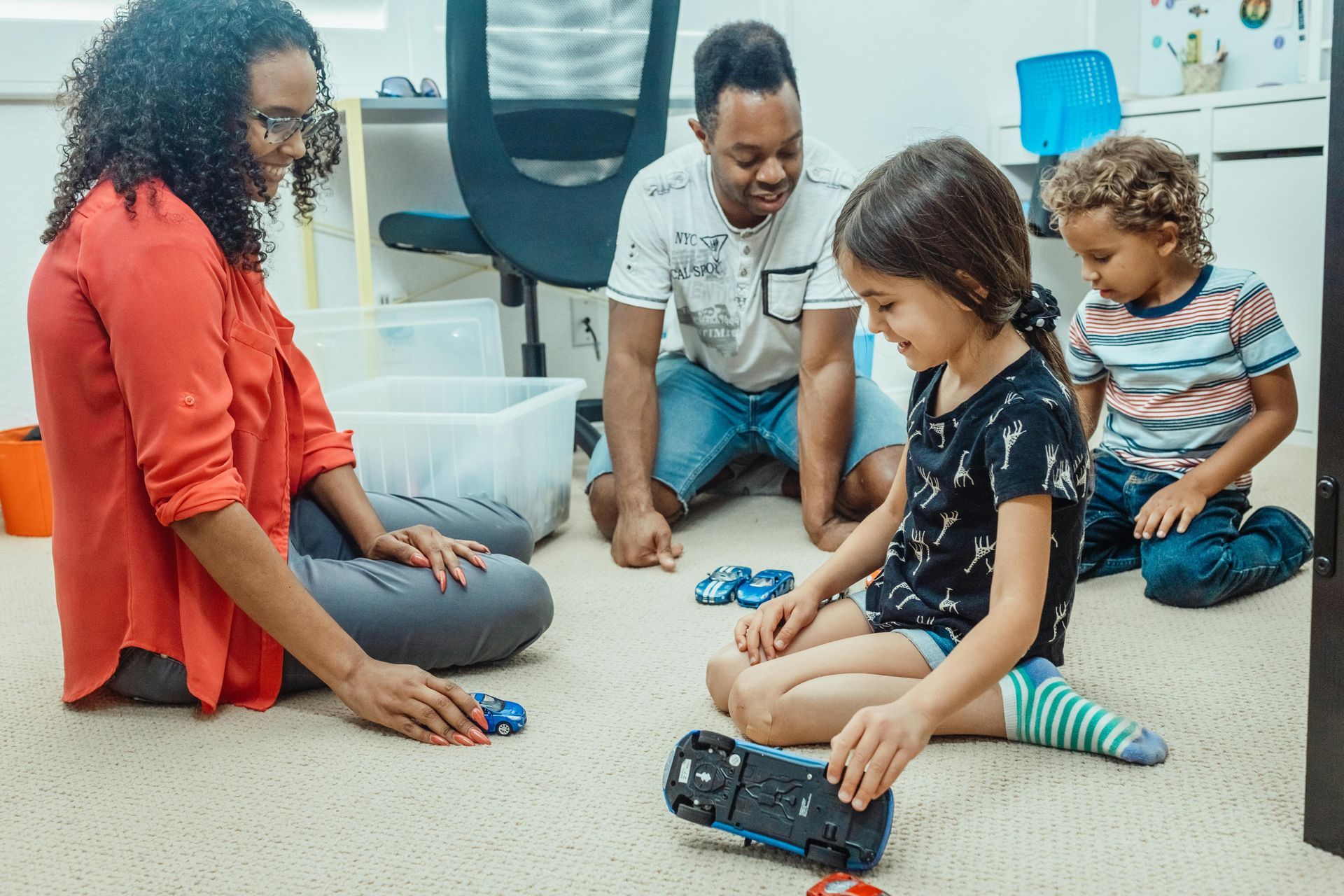
A Journey from Uncertainty to Hope
When a child enters the foster care system, it's often because a home becomes a place of instability. In these moments, the world becomes confusing and overwhelming for a child. However, while foster care often begins in crisis, it can also mark the start of a healing journey filled with support, compassion, and second chances.
This article explores what happens when a child enters foster care—from that first phone call to the path toward permanency. And most importantly, it reminds us that behind every placement is a real child hoping to feel safe, seen, and loved.
The First Step: A Call for Help
It all begins with concern. Someone—a teacher, a neighbor, a doctor, or a family member—sees something that doesn’t sit right. Maybe it’s a child’s fearful behavior, or conversations that hint at danger. They report it to Child Protective Services (CPS).
Once a report is made, CPS investigates. If they find that a child is in immediate danger or living in conditions that are unsafe, they may decide that removal from the home is necessary.
This moment is heartbreaking. For the child, it’s confusing and scary. For the parent, it’s painful. But the goal is to protect.
The Removal: A Child's World Changes
If a child must be removed from their home, a caseworker or law enforcement official will be present. Depending on the situation, this may happen during the day at school or daycare, or in the evening at home. The child may leave with only the clothes on their back or a few belongings hastily packed in a bag.
They might not understand what’s happening at all. And in that moment, they lose not just their home, but often their sense of normal.
This is why compassion matters so much. From the very beginning, foster care workers, emergency caregivers, and first responders have an opportunity to treat children with kindness and dignity during what might be the scariest day of their lives.
Emergency Shelter or Foster Home Placement
Once removed, the child is placed in a safe environment. This could be:
- A licensed foster home
- A relative’s home (kinship care)
- A group home or shelter (in less common or emergency)
The goal is always to place the child with someone familiar—a grandparent, aunt, or family friend—if it’s safe and feasible. Studies show that children placed with relatives experience less trauma and adjust more quickly.
When that's not possible, foster families step in. These are trained, licensed individuals who open their hearts and homes to children in need. They provide not just a roof and meals, but emotional comfort, stability, and the day-to-day care a child needs to begin healing.
The First Days in Foster Care
The first few days are a whirlwind. For the child, everything is unfamiliar: the house, the food, the people, the rules, the smell of laundry or the sounds of the neighborhood. It may take days or weeks for the child to feel even a little bit safe.
Foster parents try to ease the transition by offering:
- A warm bed and clean clothes
- Favorite foods or snacks
- Age-appropriate toys or books
- Patience, routine, and empathy
Caseworkers also step in during this time, explaining what’s happening in language the child can understand. A court-appointed guardian or child advocate may be assigned to represent the child’s best interests.
Most importantly, children are told they are not to blame. Because so many carry guilt and shame for what’s happened to them or their families.
Medical, Emotional, and Educational Support
Soon after placement, the child receives a full evaluation to assess their:
- Physical health
- Mental and emotional well-being
- Developmental and educational needs
Many foster children come into care with unaddressed medical issues or trauma. Some have fallen behind in school due to instability at home. Others may have special needs that were never diagnosed or treated.
Foster care gives them access to services they may never have had before, such as:
- Therapy and counseling
- Tutoring or special education support
- Medical and dental care
- Trauma-informed programs
Every piece of this puzzle helps a child feel whole again. It says: You matter. We see you. We’re here to help you heal.
The Legal Side: Court Hearings and Family Plans
While the child is settling into their foster home, the legal system begins its process. A judge will review the circumstances of the removal and decide on the next steps.
The biological parents are usually given a case plan, a specific list of things they need to do to regain custody. This might include:
- Attending parenting classes
- Going to counseling or rehab
- Securing stable housing or employment
- Participating in supervised visits with their child
The court reviews progress every few months. The primary goal of foster care, whenever possible, is reunification—rebuilding a safe and healthy relationship between the child and their family.
Sometimes, parents make the changes needed. Sometimes they don’t. And when reunification isn’t possible, the focus shifts to finding a permanent home through adoption, legal guardianship, or long-term foster care.
Building Bonds in Foster Care
Foster care isn't just about surviving—it’s about connecting. As time passes, children often begin to form meaningful relationships with their foster families. They may celebrate birthdays, learn to ride a bike, or experience their first safe holiday.
Even in a temporary home, love can grow.
Foster parents play a critical role in helping children:
- Trust adults again
- Develop positive routines
- Learn coping skills
- Heal from trauma
These bonds can leave lasting impressions—even if the child eventually returns home or moves on. Many foster children stay in touch with former foster families for life.
Education and Extracurriculars
Children in foster care are entitled to continue their education and participate in after-school activities, sports, arts, and social events. These experiences help kids feel like kids again.
With support from their foster families and case workers, they might:
- Join a soccer team
- Play in the school band
- Attend prom
- Go on field trips
- Apply to college or trade school
Foster care is not about limiting possibilities—it’s about restoring them.
Aging Out of Foster Care
For youth who aren’t reunited or adopted by age 18 (or 21 in some states), they “age out” of the system. But that doesn’t mean the support ends.
Many states now offer extended foster care programs, which help young adults:
- Attending college or trade school
- Learning life skills
- Secure housing and employment
- Access to mental health services
Programs like this recognize that turning 18 doesn’t make a child suddenly ready for adult life, especially one who’s endured trauma. The goal is to launch them into independence with dignity and support.
So, What Happens When a Kid Goes Into Foster Care?
Here’s what happens:
- A child is protected.
- A family is given the chance to heal.
- A system of compassionate adults steps in.
- New routines, relationships, and opportunities begin to form.
- Healing begins—even if slowly.
Foster care isn’t perfect. There are not enough foster homes. However, every day, there are victories. A child who smiles again. A teen who finds a mentor. A family that reunites stronger than ever.
How You Can Help
You don’t have to be a foster parent to make a difference. Here are some ways you can support children in care:
- Become a CASA or guardian ad litem (court advocate)
- Donate backpacks, clothes, or school supplies
- Volunteer at a foster care nonprofit
- Support foster parents in your community
- Spread awareness by sharing facts and stories
If you’re feeling called to do more, consider becoming a foster parent. It’s a big step—but one that can change a child’s life, and yours.
Final Thoughts: From Surviving to Thriving
When a child enters foster care, it marks a moment of deep loss—but also the beginning of hope. While no system can undo the harm or restore what was lost, foster care can provide what every child deserves: a chance to feel safe, to be seen, and to believe in their future.
So yes, foster care starts with a crisis. But with love, support, and the right people around them, children in care can do more than survive—they can thrive.
And that, in the end, is what every child deserves.
Help caregivers provide loving homes for children in need. Your donation makes a difference today.

